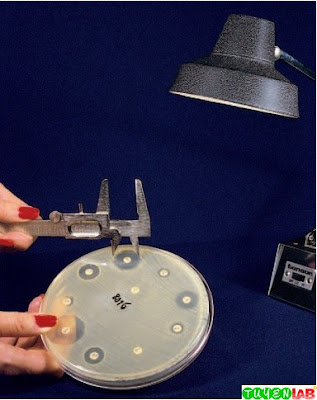ltr
item
Free Medical Atlas: [Microbiology] Atlas of Antimicrobial Susceptibility Testing
[Microbiology] Atlas of Antimicrobial Susceptibility Testing
Antimicrobial Susceptibility Testing, Atlas of Antimicrobial Susceptibility Testing, Atlas, of, Antimicrobial, Susceptibility, Testing, atlas in medical, tuyenlab.net
https://blogger.googleusercontent.com/img/b/R29vZ2xl/AVvXsEi5vaUHu39Eiz2kzs8tR6agqsyeG5v3nHehHpYQJKfH4qweZteRfSGNMfmX6pvs1vR2LueoVa0a1ZXdg2WojxyTDn23540tMw_h-TAblNS4ugw6H5jYcEGJeshiaQ4bP6MQu1c6GmTBLjOY/s400/vs13.1.jpg
https://blogger.googleusercontent.com/img/b/R29vZ2xl/AVvXsEi5vaUHu39Eiz2kzs8tR6agqsyeG5v3nHehHpYQJKfH4qweZteRfSGNMfmX6pvs1vR2LueoVa0a1ZXdg2WojxyTDn23540tMw_h-TAblNS4ugw6H5jYcEGJeshiaQ4bP6MQu1c6GmTBLjOY/s72-c/vs13.1.jpg
Free Medical Atlas
https://tuyenlab.blogspot.com/2016/08/microbiology-atlas-of-antimicrobial.html
https://tuyenlab.blogspot.com/
https://tuyenlab.blogspot.com/
https://tuyenlab.blogspot.com/2016/08/microbiology-atlas-of-antimicrobial.html
3150612095398522649
UTF-8








































COMMENTS